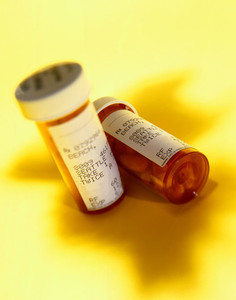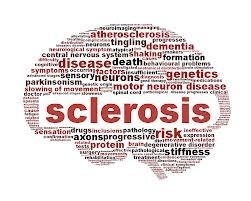Australians are paying way too much for their prescription drugs, according to a new report released in March 2017 by the Grattan Institute, an independent, non-partisan think tank.
In fact, the institute estimates that the Australian Government could make savings of more than AU$500 million a year if it pursued a better deal on drug prices.
Drug prices in Australia, according to the institute, are more than twice as high as in the UK and more than three times higher than in New Zealand. While internationally they fare even worse, with Australians on average paying five times the best international price for a group of seven commonly prescribed drugs.
In Australia, the prices for most drugs are set by the government through the Pharmaceutical Benefits Scheme (PBS). This, however, results in some of the highest prices in the world being paid for prescription drugs. For example, the price of the cholesterol medicine atorvastatin (Lipitor), the most prescribed drug in Australia, is about 1.5 times the best international price. In Australia, a box of 30 x 1 mg tables of the breast cancer drug anastrozole (Arimidex) costs AU$19.20, whereas in the UK it costs just AU$2.45.
The institute has identified two components of the PBS pricing policy that they say the government should reform.
Price disclosure:a policy introduced in 2007 in a bid to cut costs of ‘generic drugs’ that are no longer covered by a patent. This policy, according to the institute, ‘has not gone far enough or fast enough’.
Therapeutic group premium:a policy introduced in 1998 in a bid to stop the government wasting money on over-priced drugs that are chemically different but have the same outcomes for patients as cheaper drugs. This policy, according to the institute, ‘is now full of loopholes and no longer works’.
The institute says that the Australian Government ‘is overpaying for generic medicines that are no longer covered by patents’ because the price disclosure policy ‘is working too slowly’. The institute says that the government ‘should benchmark the prices of generic drugs in Australia against prices paid overseas. This would save AU$93 million a year and cut the price of 16 commonly prescribed drugs in Australia by an average of AU$6.43 per pack’.
In addition, according to the Grattan Institute, ‘taxpayers and patients could save a further AU$445 million a year’ if the therapeutic group premium policy ‘were strengthened and broadened to cover 18 therapeutic groups, which are all included in a similar policy in Germany’, and that ‘these pricing reforms should be complemented by introducing more competition to retail pharmacies, which would both save patients more and provide better access to quality health care’.
The Grattan Institute concludes that ‘Australia is buying and pricing its drugs the wrong way. Fixing this policy would give patients a better deal and improve the budget bottom line.’
This is not the first time that the price of generics in Australia has been found to be too high. A report by the Consumers Health Forum of Australia (CHF), a body which represents healthcare consumers, also found that Australians were paying way too much for generics [1].
Medicines Australia, which represents originator pharma companies, however, disagrees with the findings of the report, saying that they are ‘inaccurate, selective and misleading’.
Related articles
Australian price cuts make PBS affordable
Australia should not copy New Zealand’s drug pricing system
Reference
1. GaBI Online - Generics and Biosimilars Initiative. Australians pay too much for generics [www.gabionline.net]. Mol, Belgium: Pro Pharma Communications International; [cited 2017 Mar 24]. Available from: www.gabionline.net/Generics/General/Australians-pay-too-much-for-generics
Permission granted to reproduce for personal and non-commercial use only. All other reproduction, copy or reprinting of all or part of any ‘Content’ found on this website is strictly prohibited without the prior consent of the publisher. Contact the publisher to obtain permission before redistributing.
Copyright – Unless otherwise stated all contents of this website are © 2017 Pro Pharma Communications International. All Rights Reserved.
Source: Grattan Institute, Medicines Australia








 0
0











Post your comment